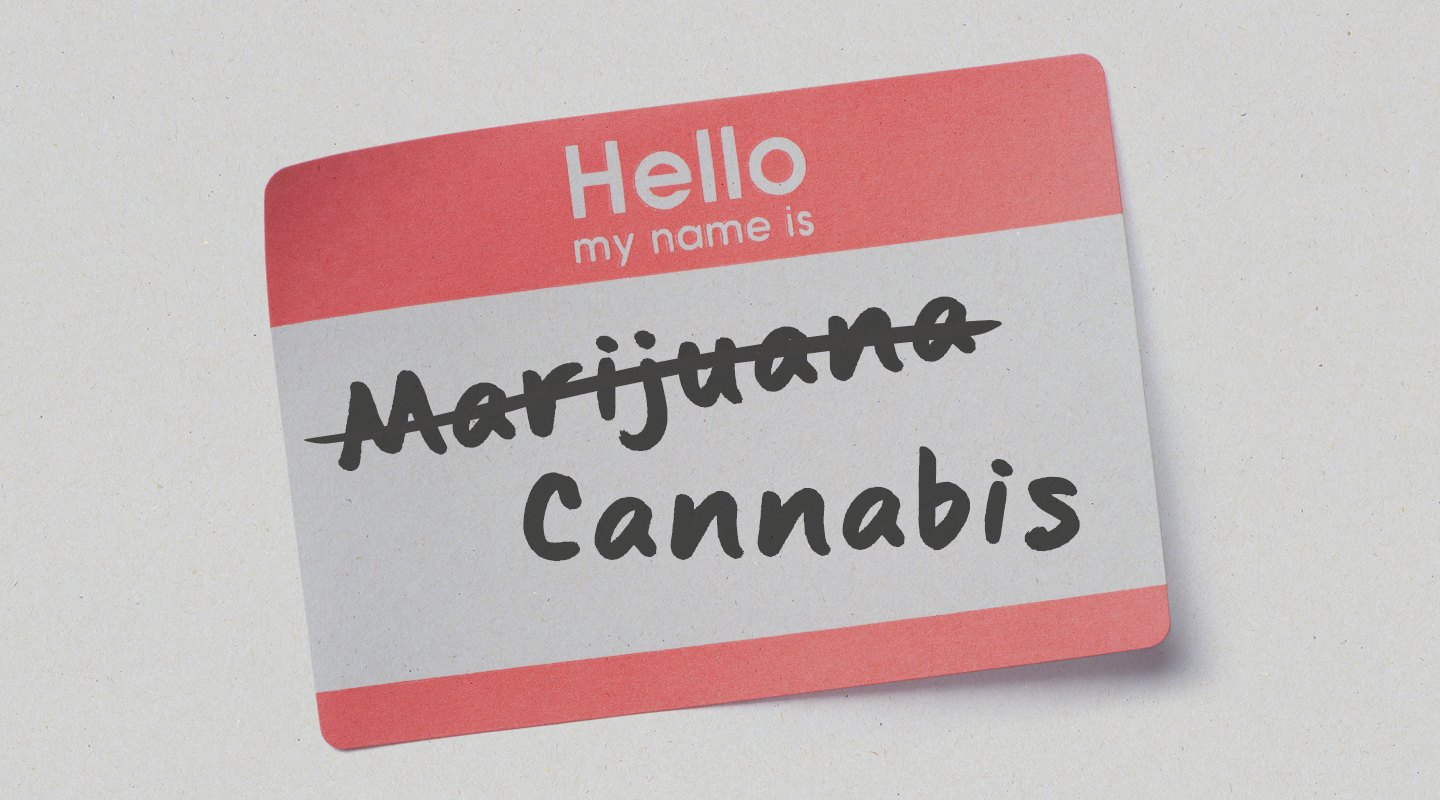Cannabis Education
Cannabis vs. Marijuana
April 13, 2017

Cannabis vs. Marijuana
Cannabis, marijuana, marihuana, pot, weed, reefer, grass, ganja…
Sometimes it seems there are almost as many names for this plant as there are types of strains. Some of these terms are more widely accepted by the people who use cannabis, while others might be used more by people who see cannabis as something illicit and dangerous. Ultimately the two biggest contenders are cannabis and marijuana. And while both have been commonly used over the years to describe the same plant, they each convey unique nuances altered by society’s perceptions.
Most of the references to cannabis that occurred before the 1900s were about either its role as an industrial textile or its medicinal usage. The plant itself was classified as Cannabis Sativa in 1753 by a Swedish botanist, and was described throughout the 19th century by news reports and medical journals as a shortened version of the plant’s formal name, simply leaving off the sativa part. Cannabis Indica (classified in 1785) and Cannabis Ruderalis (classified in 1924) are the two additional main types of cannabis and are both sub-species of Cannabis Sativa.
Long before cannabis was criminalized, it was actually used by major pharmaceutical companies between the late 1800s and early 1900s to treat common household ailments. And in fact, thanks to the literary celebrity of Alexander Dumas, wealthy people imported cannabis products, making it a trend among the elite who could afford it. However, these products weren’t usually consumed through smoking. That didn’t allegedly occur until after 1910, when hundreds of thousands of Mexicans legally immigrated to America and brought the idea of recreationally smoking cannabis with them.
In Canada, cannabis became illegal in 1923 when it was added to the Act to Prohibit he Improper Use of Opium and other Drugs. However, the Canadian government took a pretty relaxed stance on actually following through with their rules… especially compared to America. The arrival of the Great Depression meant many people were looking for someone or something to blame. Since the degradation of the country’s economy seemed to directly correlate with the incredible rise of immigration and the increase in cannabis consumption in some people’s view, many Americans backed the idea to make cannabis illegal. Marihuana, the Spanish word for “devil’s weed” (later standardized as marijuana in the 1970s), instead of the previously used term cannabis, was used to bridge the connection between immigrants and cannabis. Next, 29 states independently banned cannabis and soon the “Marihuana Act of 1937” was the first federal legislation to prohibit the plant, criminalizing the use of cannabis in every state in America.
And now here we are, 80 years later and the severe damage done to transform a medical plant into an illegal drug is still prevalent. In Canada, the crack down on marijuana offenses continually grew between the 1930s and the 1980s, with more arrests ever before in the 1980s—an average of 75,000 Canadians annually. Yet by the late 90s people started pushing back, with researchers touting the medical potential of cannabis.
Marijuana is a tarnished term, signifying the use of a prohibited and forbidden substance. Whereas cannabis is quickly regaining its original popularity, thanks to early advocates and supporters of medical cannabis and recreational legalization. Cannabis is the plant name and history has shown us that it’s also the correct name.





